- Joined
- Jan 14, 2020
- Messages
- 9,609
- Likes
- 84,139
it's engine exhaust is not serrated ...........Visually identified serial production aircraft
View attachment 41978
it's engine exhaust is not serrated ...........Visually identified serial production aircraft
View attachment 41978
J-20 is an aircraft rushed into production, the engines are not ready, the DSI intake has an optimized pressure recovery that is good up to Mach 2, with engines like WS-10 or Al-31, it will be further limited, the Russians know that because contrary to China, Su-57 first batch is known to have weak engines too but the intake has variable geometry, meaning the speed is a bit higher and acceleration is probably better at speeds beyond 2.0 Mach even beyond Mach 1.7.it's engine exhaust is not serrated ...........
Complete thrust envelope is required for complete FOC including strike missions.J-20 is an aircraft rushed into production, the engines are not ready, the DSI intake the pressure recovery is good up to Mach 2, with engines like WS-10 or Al-31, it will be further limited, the Russians know that because contrary to China, Su-57 first batch is known to have weak engines too but the intake has variable geometry, meaning the speed is a bit higher and acceleration is probably better at speeds beyond 2.0 Mach even beyond Mach 1.7.
China is trying to boast but the reality J-20 has weak engines, and DSI is only optimized with maximum operating speeds of Mach 1.7 or bellow.
Basically it is a large F-35 with less optimized stealth, despite the Chinese boast in supercruise the F-22 is much better and stealth is more optimized on the F-22, the J-20 also has the need for two engines, meaning F-35 has more producibility, and contrary to the fanfare the Chinese are not operating a superduper fighter, but suffer the same troubles F-35 or Su-57 have.
The new European fighters will be much more advanced the tempest has more advanced stealth.
Serial production J-20 runs on AL-31F. WS-10A suffers from unresponsive throttle performance and low durability hours. It is so unreliable they were rejected from performing the Tibetan Plateau patrol mission.As of now, J20 is probably limited to A2 assaults and therefore i wouldn't mind the low performing engines WS10A
the things are more complex.Complete thrust envelope is required for complete FOC including strike missions.
As of now, J20 is probably limited to A2 assaults and therefore i wouldn't mind the low performing engines WS10A, since they do produce about 14t each and mtow woupdn't be over 30t owing to the limited armament payload.
Combining this with much more efficient design as compared to J11/16, J20 is still quite potent.
Right now, the aim will be to put out many low serial production units and test them rigoruously and stack on flight hours to gain operational insight.

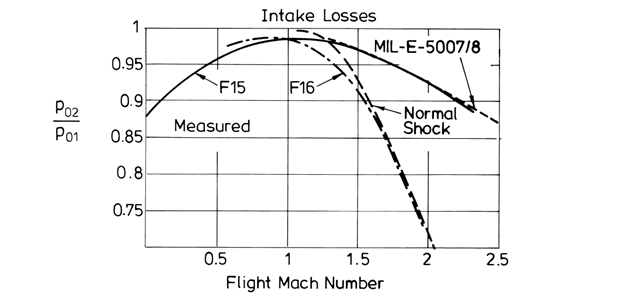
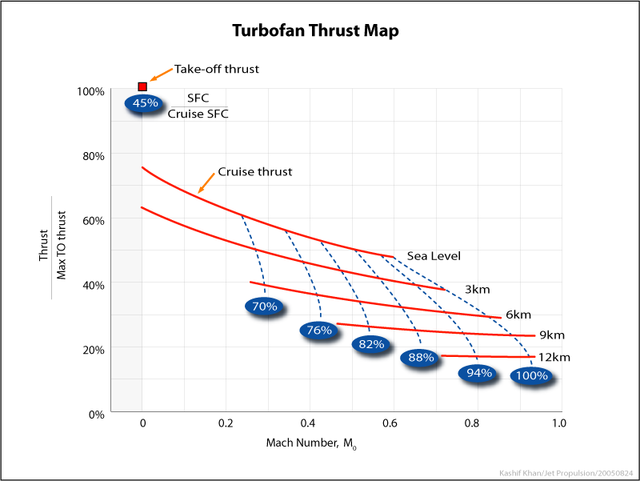
J-20 has lower thrust to weight than a Flanker, it can't super cruise on its current engines.J-20 is like F-35 a Mach 1.6 type aircraft with low supercruise of Mach 1.2 or Mach 1.4 and potentially a top speed of Mach 2 but at afterburner
yes i guess so, F-15 weights as much as an F-35 at empty weight, J-20 is around 4 tonnes more heavy than Su-27 at empty weight and same at operational take off it is around 6 to 8 tonnes heavier than Flanker.J-20 has lower thrust to weight than a Flanker, it can't super cruise on its current engines.
not only canards but lower stabliziers too watch this video.I have a question doesn't those canards in the front will increase its RCS..
I would think so............I have a question doesn't those canards in the front will increase its RCS..
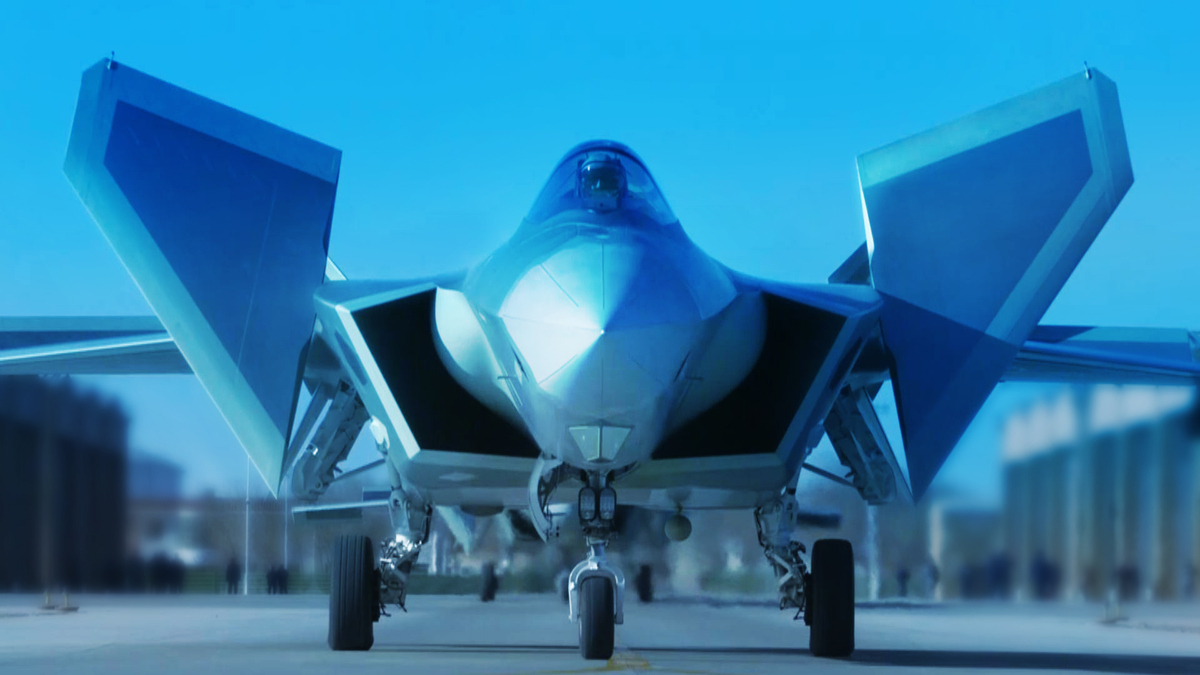
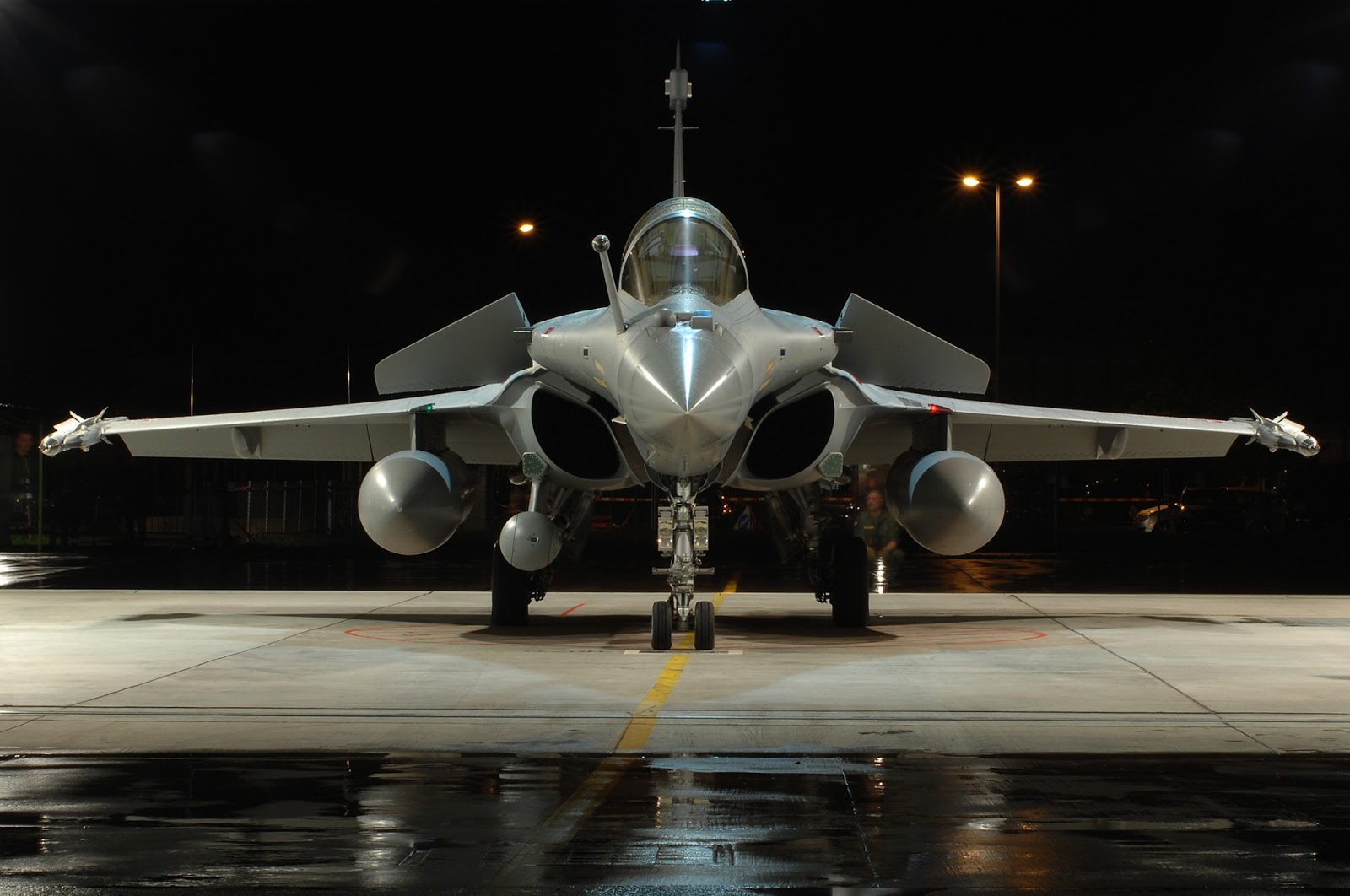
Nothing is really stealth, stealth depends in the number of reflectors, radar position, and reflectors alignment.I have a question doesn't those canards in the front will increase its RCS..
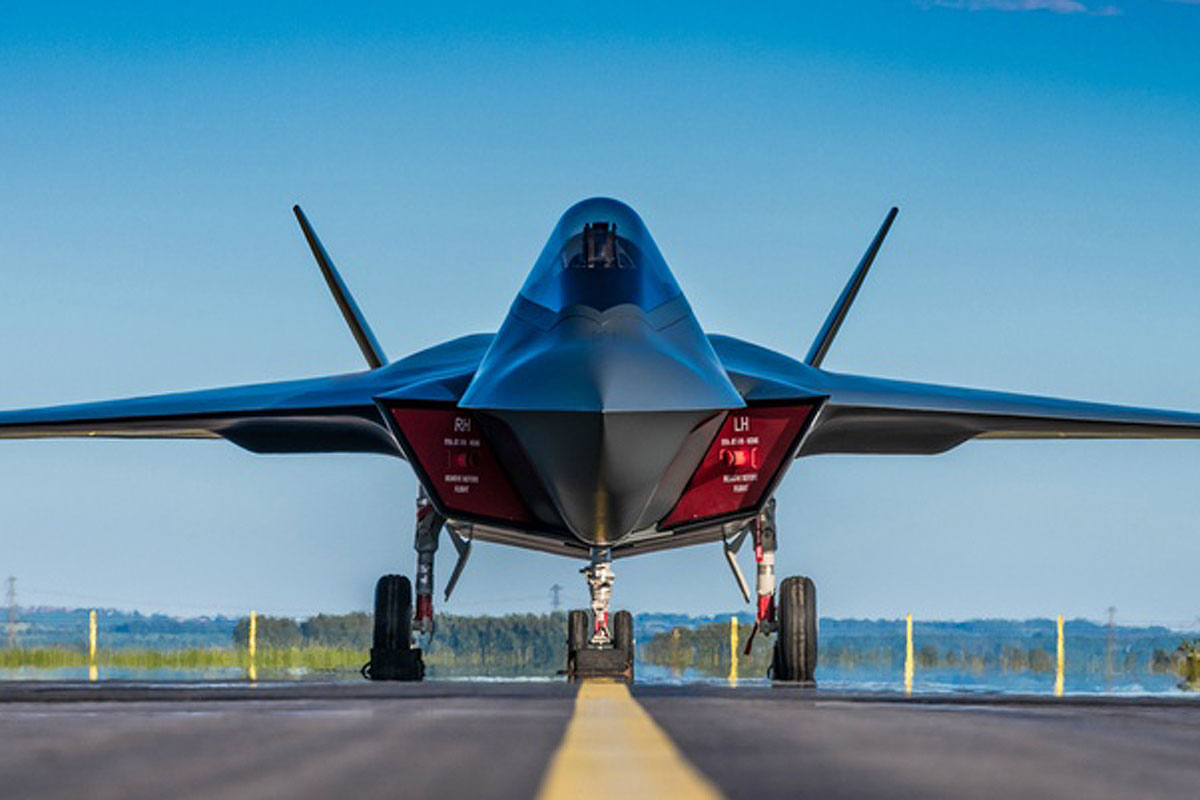
J-20 World Ranking
For the time being, put the J-20 in the second place, and the first place will be assigned to the F-22.) If you simply compare the parameters. ....
Stealth performance:
F-22> = J-20> F-35> Su-57
engine thrust:
J-20 (WS-15, 18t +)> = F-35 (F135, 18t)> = Su -57 (AL-41F3, 18t)> F-22 (F119, 15.8t)> J-20 (WS-10G, 15.8t [?])
Aircraft speed:
J-20 (Mach 2.5+)> F-22 ( Mach 2.25)> Su-57 (Mach 2)> F-35 (Mach 1.6)
Ammunition load in stealth state:
J-20 (6 + 2 [or 6 + 4, side magazines may be found with unilateral loading 2 F-22 (6 + 2)> = Su-57 (2 + 2 + 2, two missile bays in the middle and front each loaded with 2 missiles, one left and one combat bomb bay)> = F-35 ( 2 + 2, 2 ground-to-ground bombs + 2 medium-range air-to-air missiles)
Main missile range:
J-20 (PL-15, 150-200 km)> F-35 (AIM-120D, 100-120km)> = F -22 (same as F-35)> = Su-57 (R-77, <= 100km)
Fighting radius:
J-20 (2000km +, once to cover the entire territory of Japan)> Su-57 (1200-1500km)> = F-35 (1100-1200km)> F-22 (750 -850km)
radar detection range (data is not sure):
J-20 (400km)> = Su-57 (400km, doubt raised)> F-35 ( 300km +)> F-22 (250km + [?])
Avionics system
J-20 (has a powerful detection capability, as well as a large number of detection systems such as IRST, which are all different on the Internet)> F-35 (due to newer reasons, avionics is still very powerful , All aspects of ability are relatively strong)> F-22 (due to the age and restrictions of the body design, some updates will be more difficult, the detection ability is not as good as the top 2) / Su-57 (focus on anti-stealth, ranking difficult to determine Maybe you can go to the front)
Mobility:
J-20 (full-motion differential duck wing, vertical tail, ternary omnidirectional vector engine, lift coefficient 2 +)> Su-57 (full-motion vertical tail, binary vector engine But 360-degree torque output)> F-22 (upper and lower binary vector engines, lift coefficient 1.5-1.8)> F-35 (unable to compare with the previous three)
in the stealth state (comprehensive load capacity and missile performance ):
J-20 (air-to-air missiles, anti-ship missiles, and ground bombs can be built in)> F-22 (air-to-air missiles, anti-ship missiles, and ground-bombs can be built in, anti-ship missiles are unknown, but the load elasticity is weaker than the annihilation -20)> F-35 (air-to-air missiles, ground bombs can be built in, anti-ship missiles Known, but weaker than payload F-22)> Su-57 (AAM can be built, for bombs seemingly may also be embedded, anti-ship missiles is unknown. However, the performance of the built-in missile is weaker than the previous three.)
Through so many rounds of comparison, in addition to the engine life, among the known factors,
the first place: J-20
second place: F-22
third place: F-35
Four: Su-57
But through the design theory of stealth performance, the J-20 is superior to the F-22. However, there are too many factors in the actual situation. The actual holding amount of F-22 is about 170-180, and the J-20 can continue production. Sooner or later, due to the details of stealth paint and aerodynamic design, it is difficult to determine the actual RCS who is stronger. And after replacing the 4th generation machine (winning the bid), it will be found that it is an unrealistic idea to use the 3rd generation machine for the 4th generation machine, and the future economic development and military needs, so the output may be more than the so-called 500 aircraft. The fact that F-35 can be exported indicates that its most important performance is necessarily weaker than F-22. Production of the Su-57 was extremely slow, and only one crashed recently.
Weapons alone is not desirable. China, the United States, and Russia are fighting local warfare, and because of their strong logistics, they will not easily lose. For local wars or local conflicts on third-party battlefields, the combat system must also be considered.
At least, the United States and its allies together will have the world's largest air force and combat system, a large number of bomber fleets, fighter fleets, tanker fleets, transport aircraft fleets, early warning aircraft fleets, helicopter fleets ... and In other countries' own battles, naval wars must be taken into account. The US Navy is the world's first with a strong carrier fleet.
Therefore, the U.S. military is currently the world's most powerful. With the aid of the combat system, the combat effectiveness of the J-20 can only be ranked second or even third. In other answers, there are battle deductions of early warning aircraft and radar switches in various combat situations. In the case of J-20 and F-22 one-on-one heads-up, the J-20 will not be worse than the F-22. But modern warfare considers the operation of a complete system, which is a very high requirement for logistics and command. With the assistance
source......
........................................
...................................
.......
30 words rule sucks suck
source..........................................J-20 World Ranking
For the time being, put the J-20 in the second place, and the first place will be assigned to the F-22.) If you simply compare the parameters. ....
Stealth performance:
F-22> = J-20> F-35> Su-57
engine thrust:
J-20 (WS-15, 18t +)> = F-35 (F135, 18t)> = Su -57 (AL-41F3, 18t)> F-22 (F119, 15.8t)> J-20 (WS-10G, 15.8t [?])
Aircraft speed:
J-20 (Mach 2.5+)> F-22 ( Mach 2.25)> Su-57 (Mach 2)> F-35 (Mach 1.6)
Ammunition load in stealth state:
J-20 (6 + 2 [or 6 + 4, side magazines may be found with unilateral loading 2 F-22 (6 + 2)> = Su-57 (2 + 2 + 2, two missile bays in the middle and front each loaded with 2 missiles, one left and one combat bomb bay)> = F-35 ( 2 + 2, 2 ground-to-ground bombs + 2 medium-range air-to-air missiles)
Main missile range:
J-20 (PL-15, 150-200 km)> F-35 (AIM-120D, 100-120km)> = F -22 (same as F-35)> = Su-57 (R-77, <= 100km)
Fighting radius:
J-20 (2000km +, once to cover the entire territory of Japan)> Su-57 (1200-1500km)> = F-35 (1100-1200km)> F-22 (750 -850km)
radar detection range (data is not sure):
J-20 (400km)> = Su-57 (400km, doubt raised)> F-35 ( 300km +)> F-22 (250km + [?])
Avionics system
J-20 (has a powerful detection capability, as well as a large number of detection systems such as IRST, which are all different on the Internet)> F-35 (due to newer reasons, avionics is still very powerful , All aspects of ability are relatively strong)> F-22 (due to the age and restrictions of the body design, some updates will be more difficult, the detection ability is not as good as the top 2) / Su-57 (focus on anti-stealth, ranking difficult to determine Maybe you can go to the front)
Mobility:
J-20 (full-motion differential duck wing, vertical tail, ternary omnidirectional vector engine, lift coefficient 2 +)> Su-57 (full-motion vertical tail, binary vector engine But 360-degree torque output)> F-22 (upper and lower binary vector engines, lift coefficient 1.5-1.8)> F-35 (unable to compare with the previous three)
in the stealth state (comprehensive load capacity and missile performance ):
J-20 (air-to-air missiles, anti-ship missiles, and ground bombs can be built in)> F-22 (air-to-air missiles, anti-ship missiles, and ground-bombs can be built in, anti-ship missiles are unknown, but the load elasticity is weaker than the annihilation -20)> F-35 (air-to-air missiles, ground bombs can be built in, anti-ship missiles Known, but weaker than payload F-22)> Su-57 (AAM can be built, for bombs seemingly may also be embedded, anti-ship missiles is unknown. However, the performance of the built-in missile is weaker than the previous three.)
Through so many rounds of comparison, in addition to the engine life, among the known factors,
the first place: J-20
second place: F-22
third place: F-35
Four: Su-57
But through the design theory of stealth performance, the J-20 is superior to the F-22. However, there are too many factors in the actual situation. The actual holding amount of F-22 is about 170-180, and the J-20 can continue production. Sooner or later, due to the details of stealth paint and aerodynamic design, it is difficult to determine the actual RCS who is stronger. And after replacing the 4th generation machine (winning the bid), it will be found that it is an unrealistic idea to use the 3rd generation machine for the 4th generation machine, and the future economic development and military needs, so the output may be more than the so-called 500 aircraft. The fact that F-35 can be exported indicates that its most important performance is necessarily weaker than F-22. Production of the Su-57 was extremely slow, and only one crashed recently.
Weapons alone is not desirable. China, the United States, and Russia are fighting local warfare, and because of their strong logistics, they will not easily lose. For local wars or local conflicts on third-party battlefields, the combat system must also be considered.
At least, the United States and its allies together will have the world's largest air force and combat system, a large number of bomber fleets, fighter fleets, tanker fleets, transport aircraft fleets, early warning aircraft fleets, helicopter fleets ... and In other countries' own battles, naval wars must be taken into account. The US Navy is the world's first with a strong carrier fleet.
Therefore, the U.S. military is currently the world's most powerful. With the aid of the combat system, the combat effectiveness of the J-20 can only be ranked second or even third. In other answers, there are battle deductions of early warning aircraft and radar switches in various combat situations. In the case of J-20 and F-22 one-on-one heads-up, the J-20 will not be worse than the F-22. But modern warfare considers the operation of a complete system, which is a very high requirement for logistics and command. With the assistance of the Chinese and American combat systems, the F-20's chances of winning the F-22 will not be too great. However, the J-20 is a very good fighter aircraft, and even if it is first in the international arena, it is normal conclusion.
To add, the pedigree of the J-20. Many people at home and abroad like to find fathers for China's weapons and equipment.
Some people say that they are copying F-22, some people are imitating F-35, and some people are learning MiG 1.44 ...
But the world's original duck wings interact with high distances. Change, full-motion differential vertical tail + duck wing + three-way omnidirectional vector engine, DSI inlet, lift side wings.
What's more, anyone who really understands understands that the aerodynamic design is the J-20 using the J-9 (a very rigorous process, from design to test demonstration, to subsequent fine-tuning and modification, all have to do a lot of theoretical calculations and wind tunnels The design is not just copying at will.) The design of the 1970s is highly similar to the J-20, but was dismissed due to insufficient high and economic development.) Later, the J-10 also had the same as the J-9. Lots of similarities. The preliminary design of the J-20 has begun since the mid-1990s. It took years of technical reserves to build up an extremely good fighter such as the J-20!
he is from hong kong .... at first it thought i am reading a chinese propoganda novel than i realised i am on DFI ...since when chinese become so open about their weapon systems... bu those standard J17 is 10th gen fighter jet..source..........................................
Request Hindustan Aeronautics design a new stealth fight Jet.he is from hong kong .... at first it thought i am reading a chinese propoganda novel than i realised i am on DFI ...since when chinese become so open about their weapon systems... bu those standard J17 is 10th gen fighter jet..
sorry could not resist...
Right..we have designed LCA from scratch and the learning curve is there so i am sure HAL is already working on it... atleast we are not stealing and being copycats...Have some shame ...Request Hindustan Aeronautics design a new stealth fight Jet.
Compete with J-20 , F-22 , F-35 & Su-57.
this is the correct listRequest Hindustan Aeronautics design a new stealth fight Jet.
Compete with J-20 , F-22 , F-35 & Su-57.
this is the correct list
f35>f22>j20<=su 57
good jokeJ-20 World Ranking
Aircraft speed:
J-20 (Mach 2.5+)> F-22 ( Mach 2.25)> Su-57 (Mach 2)> F-35 (Mach 1.6)
!
| Thread starter | Similar threads | Forum | Replies | Date |
|---|---|---|---|---|
| S | Recent Analysis on J20 from Aviation Week-"Chinese J-20 Stealth Fighter Advances" | China | 10 | |
|
|
CAN THE S400 SHOOT DOWN A F22, F35, J20... ? | Indian Air Force | 2 | |
|
|
J20 Shock to PLAAF | China | 311 | |
| B | china to start limited production of j20 and to induct them in 2017-18 | China | 2 |
